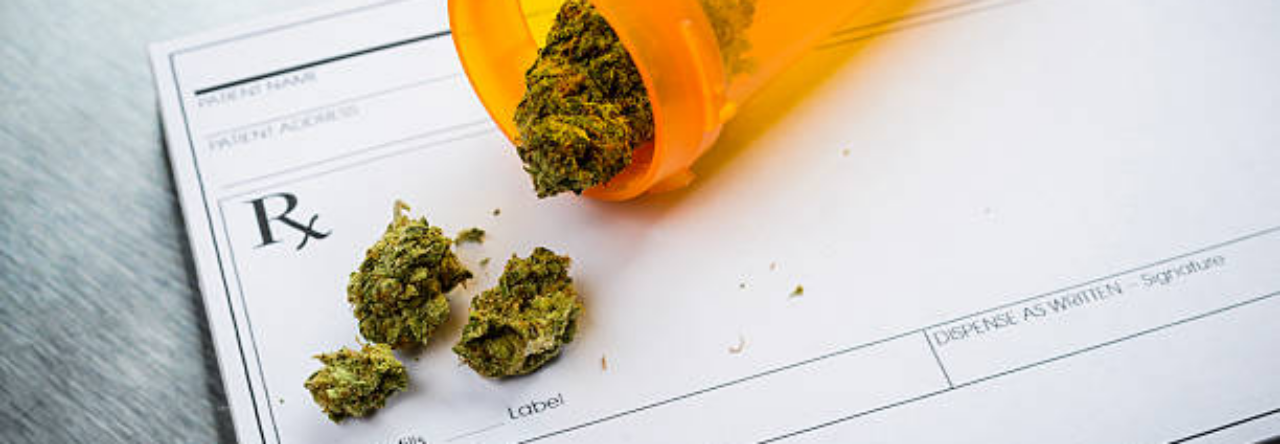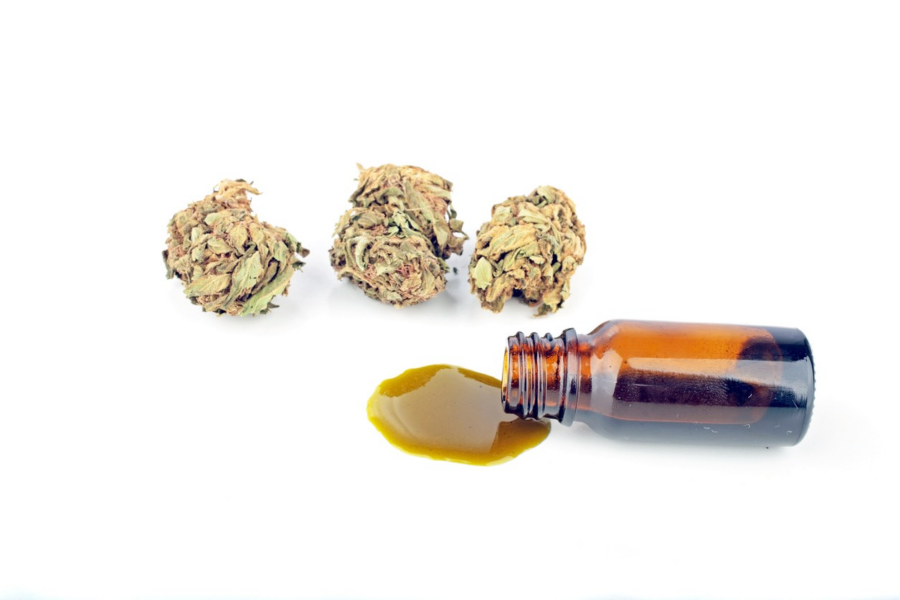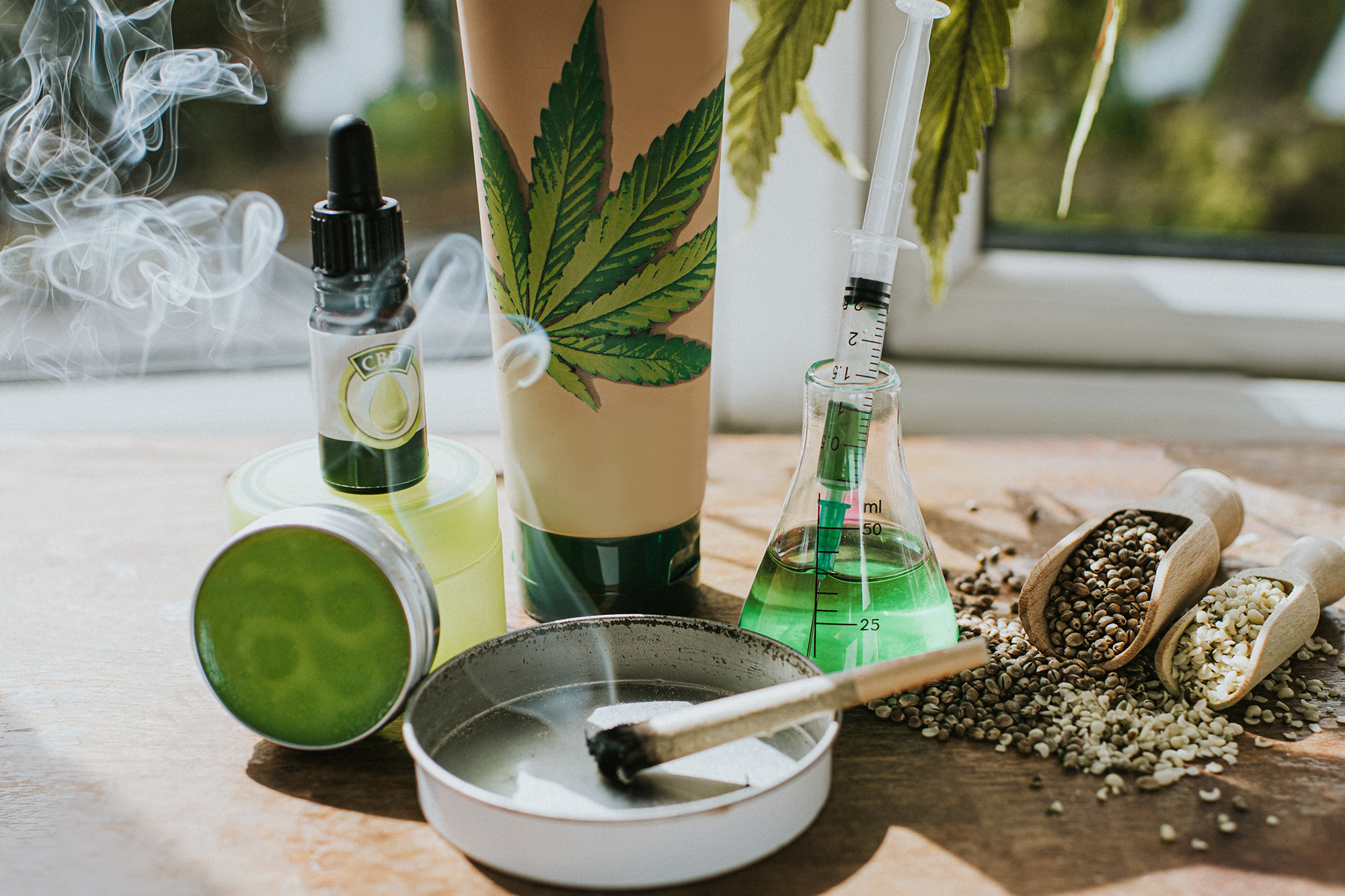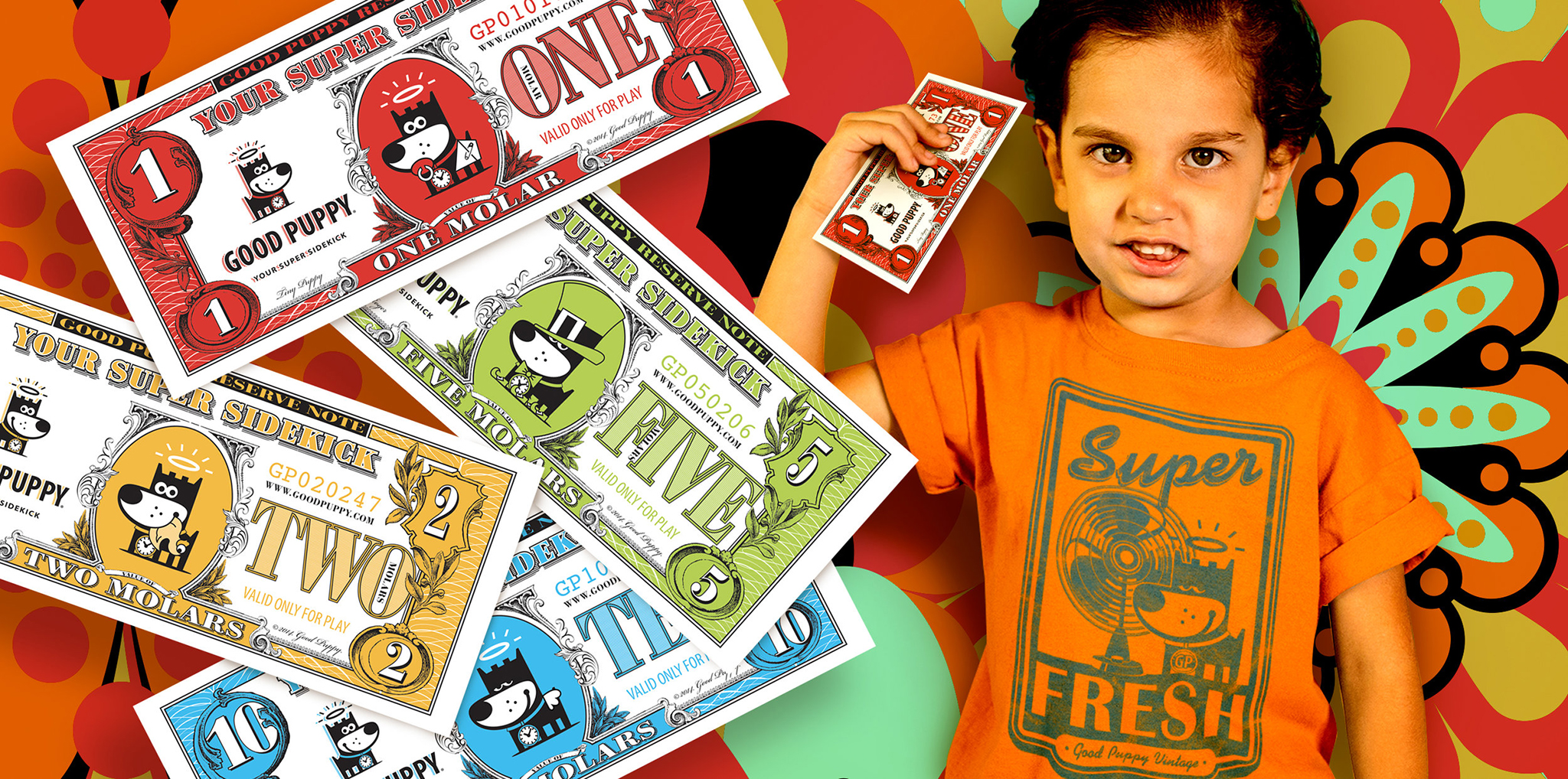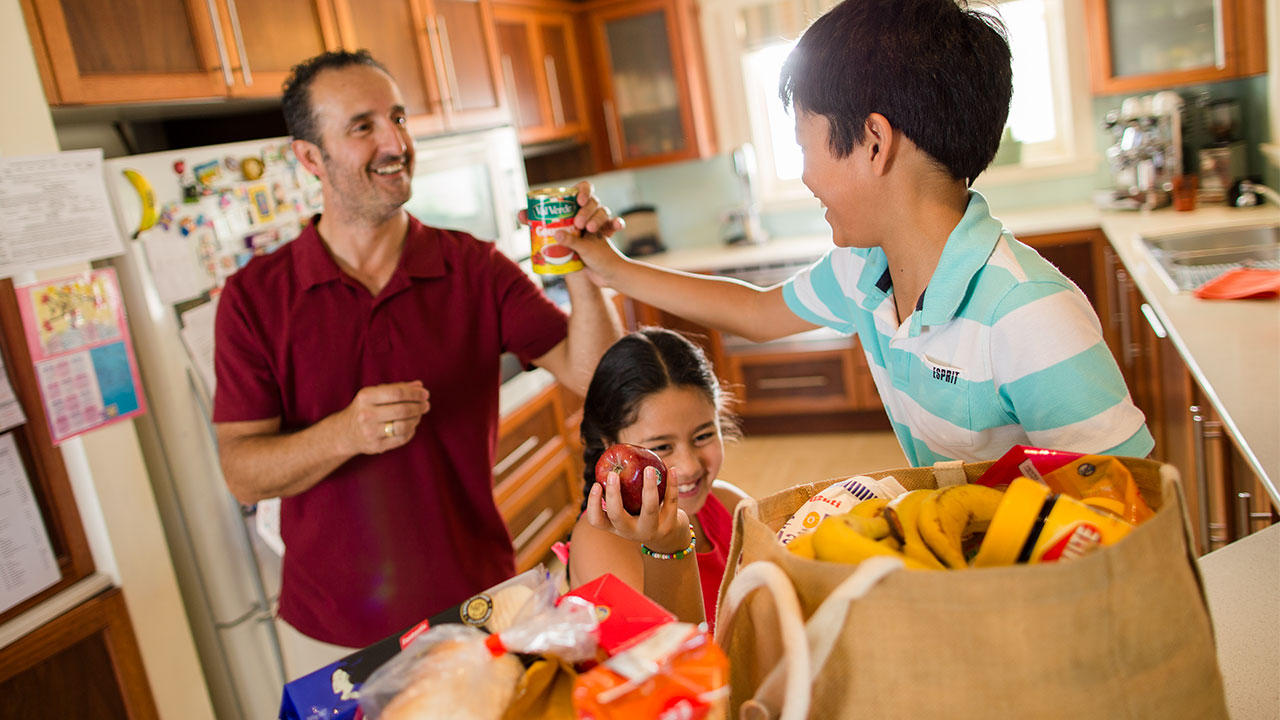Delta-8 THC products are federally legal and adhere to state law. They also follow the farm bill. They also keep to the North Carolina controlled substances act. The agriculture improvement act states that all hemp-derived cannabinoids must contain 0.3% THC.
North Carolina is a US state where north carolina delta 8 thc and other hemp-derived products are federally legal. This is because they adhere to the controlled substances act of state and federal law.
Furthermore, according to state and federal law, any products derived from raw hemp plant material. If they are higher than three-tenth percent THC they are illegal.
Delta-8 THC North Carolina products are manufactured from processing hemp plants (plant cannabis sativa). According to the senate judiciary committee federal enactment, they have controlled substances. All other hemp-derived products also adhere to these rules.

They also approve medical marijuana legal in some patients. This is because of its unique potential to help alleviate certain medical conditions. Also, it is for recreational use.
North Carolina state law permits the commercial sale of Delta-8 THC North Carolina products. And that of other hemp-derived cannabinoids within the limit of 0.3% THC.
Delta-8 THC is a psychoactive substance with mild intoxicating effects. This effect is similar to delta-9 THC’s chemical structure. This substance is responsible for the “high feeling” experienced by users. learn more about delt-9 THC’s chemical structure by clicking here
Also, anyone 21 years old or above can buy, use or sell Delta-8 THC products if they leave North Carolina.

Delta-8 THC has a chemical formula like Delta-9 with a limit of 0.3% THC. Delta-8 THC North Carolina is added to CBD gummies and vape cartridges and sold legally online. They are also sold in smoke shops, gas stations, a local dispensary, and a cannabliss dispensary.
Furthermore, Delta-8 THC North Carolina product has potential benefits. They are useful in some medical conditions.
Delta-8 THC North Carolina products have mild psychoactive effects and a mild high feeling compared to Delta-9 THC. They produce feelings of relaxation, euphoria, and analgesic relief. In addition, Delta 8 eases chronic pain, anxiety, and insomnia.
In addition, Delta-8 THC North Carolina products relieve tight and tense feelings without having a complex psychoactive reaction. Regular intake of Delta-8 THC products promotes relaxation and recovery.
Furthermore, Delta-8 THC products eliminate nausea with no adverse side effects. They also help improve nausea and vomiting due to chemotherapy treatments.
North Carolina residents undergoing chemotherapy find relief from nausea by Delta-8 THC products.
Delta 8 produces analgesic properties that ease chronic pain in certain medical conditions. In addition, it helps with rheumatic, neuropathic, and inflammatory pain. They are also helpful in cases of multiple sclerosis.
Delta-8 THC North Carolina products manage anxiety, depression, Alzheimer’s disease, and schizophrenia. In addition, they have helped to alleviate cases associated with mental disorders. They are also effective for post-traumatic stress disorder.
THINGS TO CONSIDER BEFORE CHOOSING DELTA-8 THC NORTH CAROLINA PRODUCTS
They must be hemp-derived cannabinoids
Delta-8 THC products are a psychoactive substance found in the plant Cannabis sativa. Delta-8 THC is one of over one hundred cannabinoids produced naturally by the cannabis plant parts. But Delta 8 is found in small amounts in the hemp flower. it is also a great remedy for pain relief, click here to learn more about its pain-relieving properties.
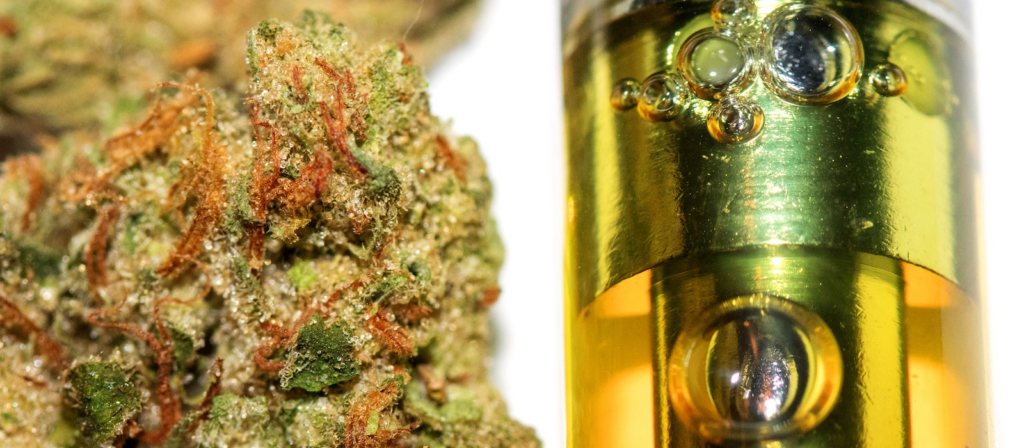
Delta 8 North Carolina product is one of the primary psychoactive substances found in marijuana plants. Also, Delta 8 North Carolina products are known for their euphoric and fuzzy feeling with a mild psychoactive effect.
Furthermore, Delta 8 North Carolina product is called diet weed. This is because it can be used as medical marijuana legal in North Carolina.
They must contain less than 0.3% THC
Delta-8 THC is legal in North Carolina. Other hemp-derived cannabinoids, e.g., terpenes, flavonoids, salts, cannabinoids, and isomers. They all adhere to the federal or North Carolina State law.
They adhere to the controlled substance act at the federal level and the farm bill. Therefore, you can use, buy, sell, or grow Delta-8 products in North Carolina without violating the law, especially when you are 21 years and above, which is the legal age to use Delta-8 THC.
Delta-8 is derived from raw hemp plant material that is less than three-tenths percent of dry weight basis derived THC, which is the legal limit. This is because the 0.3% THC limit is the difference between hemp and marijuana.
Therefore, all Delta-8 THC North Carolina products must be within the limit to be legal and safe for human consumption.
They should have Third party lab results
According to federal law Delta-8 THC products must be tested by a third-party laboratory to ensure such products aligns with all the controlled substance act requirement.
Also, this will ensure the state and federal government that the product is safe for animal or human consumption.
In addition, they ensure the Delta 8 THC North Carolina product is made from hemp plant parts, accepted medical, and has the 0.3% limit.
They must have positive feedback from satisfied North Carolina Residents
All reputable companies and gas stations must have positive feedback from their customers. This is to show their product satisfies their needs. The best Delt-8 THC North Carolina product with all the qualities expected of it will have reviews from happy customers.
They must have mild Psychoactive effects on users
Any THC product with a complex psychoactive effect is not a Delta-8 THC product. This is because delta-8 THC product has the same chemical formula as a different effect.
Delta-8 THC North Carolina products have mild psychoactive effects on users.
Frequently Asked Questions
Is Delta-8 THC Legal in North Carolina?
Delta-8 THC products are federally legal and adhere to state law according to the farm bill and the North Carolina controlled substances act. The agriculture improvement act states that all hemp-derived cannabinoids must contain less than 0.3% THC.
Where Can I Buy Delta-8 THC?
Delta-8 THC North Carolina products are sold legally online, in smoke shops, gas stations, a local dispensary, and a cannabliss dispensary.
A third-party laboratory must test Delta-8 THC products sold in any of these stores to ensure such products aligns with all the controlled substance act requirement. The question is where we can by pure Delta 9 in North Carolina, here is the answer https://delivered420.com/collections/delta-9-north-carolina
Conclusion
Delta-8 THC North Carolina products must be carefully chosen, especially for first-time buyers, to be sure you buy an authentic product from a reputable company.
These will make you use Delta-8 THC products that are legal in North Carolina and safe for human consumption.

